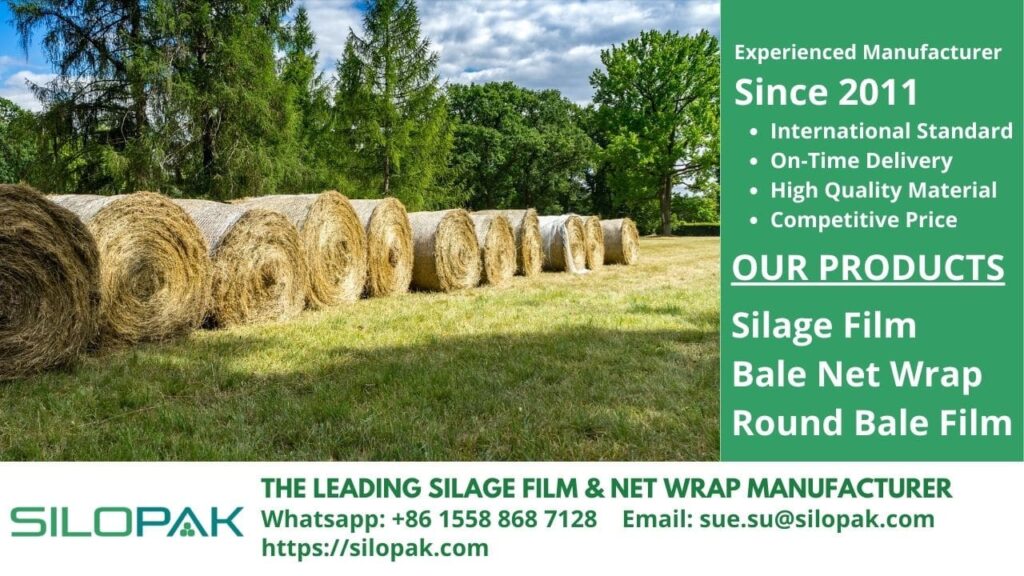
You might have seen the word livestock get thrown around without actually knowing what it means. Well, we are here to help you understand more about this specific term, so you should not skip lest you will still be in the dark afterward.
contents [hide]
What Is Livestock, an Etymological Overview
Many may not realize that the word livestock is a compound word that merges “live” with “stock.” The first time the term was used was around 1650 or 1660. It used to be that this word and the word “cattle” shared the same meaning. People might use one to refer to the other word and vice versa.
However, in the modern animal husbandry sector, the word “cattle” is employed more to refer to bovines that are domesticated, while the other term is used when a speaker refers to the industry in a more general sense.
In the United States, the federal legislation makes a clear definition for the term so that some agricultural commodities can be deemed either eligible or not for some activities or programs. The Mandatory Reporting Act of 1999, for example, makes a distinct definition for the term “livestock.”
Varieties of Animals Classified as ‘Livestock’
This classification includes cattle, sheep, and swine. Meanwhile, the 1988 disaster assistance legislation refers to cattle, goats, sheep, swine, as well as poultry and poultry raised for egg production. It further expands the definition to encompass equine animals used for food or its production, fish used as food, and other animals designated by the Secretary.
Contrasting with “livestock,” the term “deadstock” applies to animals that die before slaughter, usually due to disease or illness. Notably, many countries, with Canada as a prime example, ban the sale or processing of meat from dead animals for human consumption.
The term “micro livestock” refers to smaller-sized animals, usually mammals. Commonly, this category includes lagomorphs (rabbits) and rodents. The practice also covers honey bees and crickets that are kept and raised. However, fish and chicken fall into different categories, aquaculture and poultry farming, respectively.
A Short History Lesson on Livestock Farming
The history of animal husbandry can be traced back to when humans were transitioning from hunter-gatherer lifestyles to settled farming environments. Animals were caught, and their breeding procedure was controlled, thus creating the first domesticated animals. Following years of controlled domestication, the animals change their behavior, and this also radically affects their physiology and lifecycle. As such, many farmed animals cannot survive if let go to fend off for themselves in the wild.
The first animal domesticated by farmers was dogs, which first appeared in the Far East and Europe about 15,000 years ago. Between 11,000 and 5,000 years ago in Southwest Asia, goats and sheep underwent domestication. By 8,500 BC, the domestication of pigs occurred in the Near East, while China began domesticating them in 6,000 BC. The horse was first domesticated around 4,000 BC. Domestication of cattle took place around 10,500 years ago, while poultries were domesticated in 7,000 BC.
Farmers Face Challenges in Raising Livestock
There are big challenges faced by the owner of the livestock.
Predation
Wild animals may view those on the farm as a source of food. As we know, in North America, the threat is posed by the presence of gray wolves, coyotes, cougars, and grizzly bears. In Africa and Eurasia, carnivores such as spotted hyena, crocodile, Asiatic Black Bear, dhole, lion, tiger, leopard, and wolf all pose some challenges. In South America, farmers struggle with the presence of spectacled bears, anacondas, jaguars, and feral dogs. Meanwhile, in Australia, farmed animals always fall prey to the wedge-tailed eagle, fox, and the dingo.
Theft
People may steal a farmer’s animal for whatever reasons.
Disease
Livestock commonly suffer from various illnesses, necessitating the administration of antibiotics and other drugs to maintain their health.
However, feeding livestock with high-quality silage and other crops can help minimize the need for these drugs. Maintaining the freshness and healthiness of these food items is crucial, and quality packaging, such as that provided by Silopak, offers a solution that farmers have long sought.
